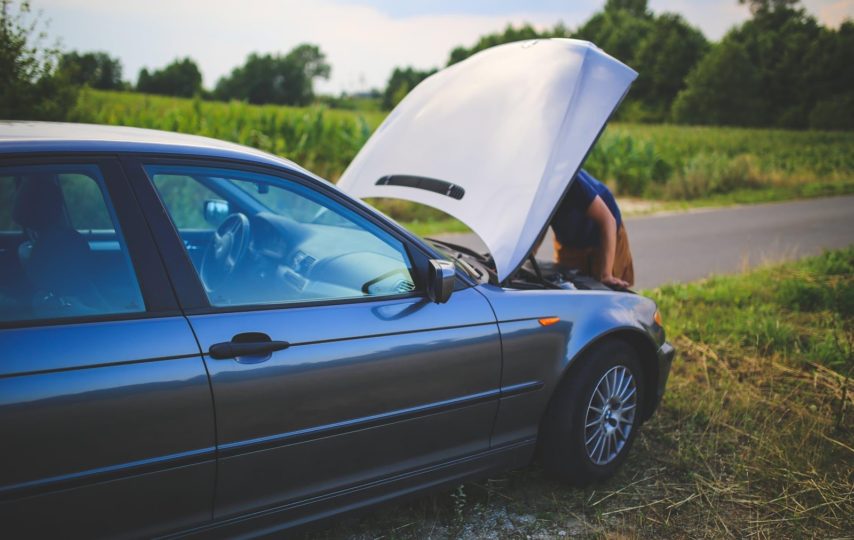Not all vehicles stand the test of time that well, so whether you are still driving a Ford Fusion that was all the rage half a decade ago, or a previous generation Toyota Corolla passed down from a family member, it may be time to consider an upgrade. As a general rule, most car owners trade in their automobile for something newer once it is paid off or after the warranty has run its course. However, it is not uncommon to become attached to your ride. It could hold sentimental value or you might have fallen in love with it when you first bought it and your rose-tinted glasses are keeping you from noticing its shortcomings after years of use.
However, the high MSRP price tag of a new car can be daunting. For this reason, you should not rush to upgrade at the first opportunity. The latest offerings in the USA are remarkably dependable, even with loads of mileage on the clock, but yearly updates to features and safety tech does result in a bit of FOMO. To help you save a few bucks by not jumping the gun on trading up, use this checklist of reasons to upgrade to determine whether or not the time is right.
#1 You have long since passed the 100,000 mile mark
As has already been mentioned, a high odometer reading often leads to a desire to start fresh. The dependability and durability of modern vehicles means that this is not always the case, though. Many still get competitive fuel economy, so long as they are well-maintained. Nevertheless, wear and tear eventually takes its toll.
#2 You are not getting nearly as many miles per gallon
Your car will never be the pristine, well-oiled machine it was when you first found it. Time and travel inevitably reduce efficiency and as mpg drops, the cost of ownership goes up. This compounds with other factors to eventually necessitate an upgrade. This is especially true of older models that never offered a hybrid variant, and which do not hold a candle in comparison to many of the EVs currently available for reasonable prices.
#3 It spends more time at the shop than in your garage
Maintenance is an unavoidable part of ownership. However, it often seems that problems crop up more frequently after the standard warranty has expired. When you are paying out of pocket, this quickly becomes a problem. You need to know when to cut your losses instead of throwing your money away in a futile attempt to grasp at straws.
#4 Your insurance premiums are getting larger
Along the same vein, many insurers place higher risk on older vehicles. This, in turn, leads to higher payments. Eventually, it gets to the point where you would actually be saving money by purchasing a brand-new model. A careful cost-benefit analysis helps to determine the severity of each of these issues.
#5 There are little ones to think about
Not everything is about money, though. Maybe you are still driving a sedan or coupe but you have a baby on the way. Or, perhaps, you are expecting your second or third child. As your family grows, your needs and priorities change. It may be time to consider one of the more popular crossover models, which boast more seats, extra space, and more practical cargo capacity.
#6 You are craving a hit of that new car smell
Of course, the most primal reason to get behind the wheel of something new is simply because you want to. Whether you are bored of your old jalopy or excited by the prospect of owning one of the glitzy, modern motors on offer, it is relatively easy to justify the decision if you truly want to. Still, it does not hurt to be able to back it up with some facts and figures.













